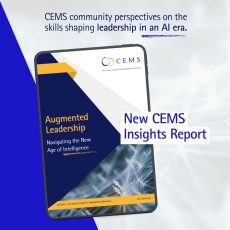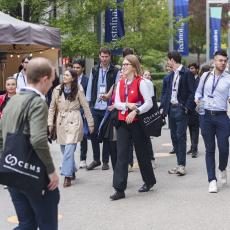The best way to understand the subtle nuances of an emerging market is to live there. CEMS students are globally-minded, and it is now more important than ever to gain work experience in developing nations. Experiences like mine will enable me to make sound business decisions that work globally on a local scale. For mobile payments in India, that means understanding not only the market opportunities, but also identify gaps to bring projects to their full potential.
During my CEMS internship to India, I was contracted to work in the finance division of a prominent business house to assess if they should expand their service offerings into the mobile payments industry. One of the first questions I needed to answer was ‘Who is the Indian consumer?’ however, I quickly understood that the answer to this question was more complicated than I imagined.
An Indian consumer with possible interest in a “mobile wallet” could span from a young teenager in urban Mumbai using their iPhone for coffee at Starbucks to a father living in a rural village using a basic mobile phone to send money to his family. Due to an education gap, there is also a large divide between customers who understand the service and use it regularly, and those who find it complicated and unnecessary.
Beyond the consumer, it’s also important to understand the political environment when investigating this type of opportunity. The Prime Minister of India launched the Digital India programme, an ambitious campaign that will aim to provide digital connectivity to a country where thousands of villages still lack internet access. In addition, the Indian government initiated ‘Jan-Dhan Yojana’ (Scheme for People’s Wealth), which will provide every Indian citizen with a bank account in order to achieve full financial inclusion in the country. Internet plus mobile payments will allow daily banking to become a reality in a country where physical branches in rural locations are often scarce.
It is here that we see that mobile payments are becoming a key factor for inclusive growth, which is necessary for India to bridge gaps, move forward and develop as a nation. This internship gave me the opportunity to not only learn more about the mobile payments industry, but also to gain hands-on work experience in a market that has always held an interest for me.
For a long time, I saw India as a country linked to my cultural heritage- full of history and colorful customs- somewhere to visit. Now, I see India as a diverse nation propelled forward as a global powerhouse. Most importantly, it’s a country that I know will be integral part of my future career.




